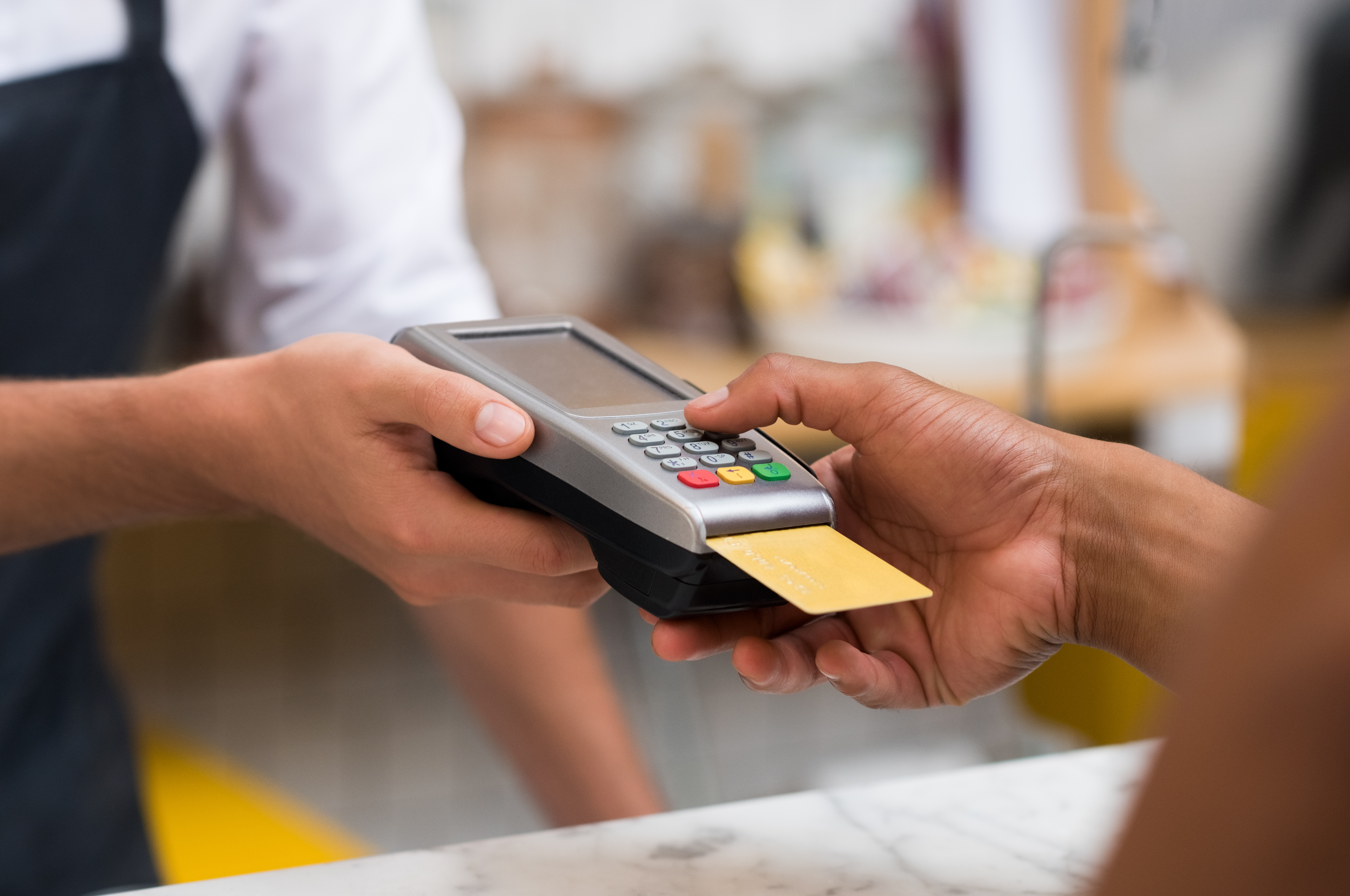The market value of global point-of-sale terminals Market valued approximately $54.7 billion in 2016 and is anticipated by more than 11.20%, according to Big Market Research.
Companies also are focusing more on software due to increased penetration of smartphones. Movement beyond hardware means embracing software and services, which is a trend that will last for years for both providers and merchants.
The main focus is on an open ecosystem that connects separate parts of the commerce experience, and merchants have embraced it and the smart terminals that come with it.
Understanding Smart POS Terminals
Smart point-of-sale terminals use software to connect various parts of businesses with the goal of creating what’s being referred to as a point of interaction with customers. Through a steady flow of data, software, and the continuum of commerce playing across a number of apps, the interaction point is reached.
Smart terminals can add new dimensions to the consumer experience. At a bricks-and-mortar, for instance, an employee can be on the floor talking to customers about products and their needs while simultaneously running the person’s credit for a financing option with a mobile device. It’s a more convenient, customer-focused approach to business.
Its Impact on the Payment Industry
Smart point-of-sale systems are gaining in popularity. Smart devices appeal to merchants because of their features and functionality.
The smart trend reached every sectors from entertainment to lodging, and its changing the payment industry, too. Retailers are recognizing that new technology can help boost sales and connect with customers on other levels.
Smart terminals provide another level of personalization. It can provide reward systems, customer service rankings, and other data that can be leveraged to create a more personal experience.
They can solve business problems fast, run loyalty programs, and integrate updates. Their large screens make it easy to see the solutions they offer, making them much more user-friendly.
The smart point-of-sale is providing a sophisticated, robust payment system that can be used by any merchant, including those who run small shops.
Why Smart POS Terminal Are Piquing Interest
In addition to personalization, the products are swiftly developing to combat the digital channel slide that especially threatens laces, like restaurants.
Restaurants’ brands are suffering do to food delivery services, such as Grubhub, Door Dash, and Uber Eats. For example, instead of ordering takeout from your local burger joint, more are placing orders through the food delivery services. This leaves many, talking about Uber Eats instead of XYZ burger hut. They need ways to extend their brands, and as technology evolves with smart POS system will focus on them getting their identities back.
Some of the Issues Smart Terminals Face
Like in many other industries, some areas of the payments sector hasn’t caught up to technology. For instance, devices must be certified with card networks, which is a costly and long process. New players don’t have a chance if they lack partners with established processors. That may result in developers having trouble keeping up with demand.
In Conclusion
Smart terminals already offer great advantages to those who use them. As the technology progresses, they will get smarter, too. Over time, some expect that users won’t have to keep buying new hardware, but instead, they will need to update their software to take advantage of all its offerings.
What smart terminals offer today and what they could do for retailers in the future is exciting for merchants and customers.
If you are a business that needs debit and credit card processing, then turn to eMerchantBroker.com (EMB). It offers a simple online application process, and most eligible applicants get approved in as little as a couple of days.


